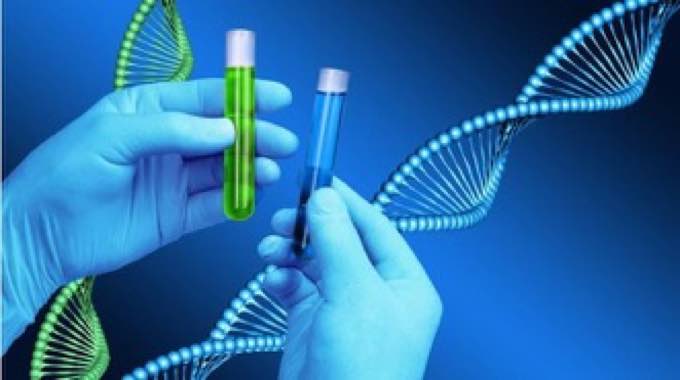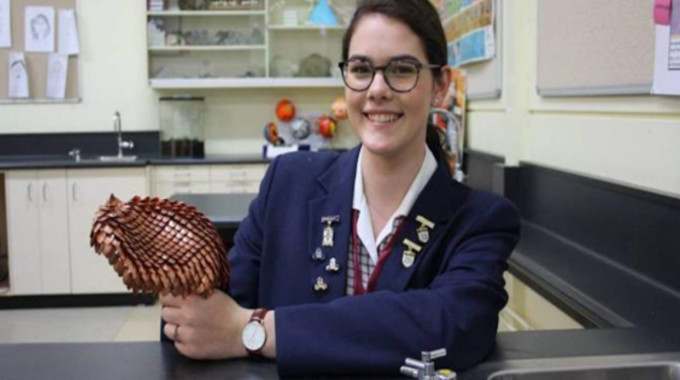How Medical Implants Have Progressed Over Time

Spine technology is among the most advanced for medical implants. The past decade has seen a rapid progression of new technologies in the field, with medical devices for treating back pain also improving significantly. Advances in spine surgery can be attributed to one major factor: integrating new technologies. Let’s look at how the spine sector has evolved over the years.
First Implanted Spine Device: 1930s
The augmentation of the spinal cord with surgical implants to produce sensory or motor potentials was reported as early as World War I. Despite this early work, technical innovation in the field did not occur until the 1970s. This change of pace is due to the slow development of surgical techniques and implant materials. It was still primarily considered necessary to surgically address spinal stenosis during that time.
Spinal Surgery Advances in 21st Century
In the first decade of the 21st century, spinal surgery has witnessed a rapid progression due to many factors. For one thing, it is now possible to perform procedures with minimally invasive techniques such as percutaneous endoscopic decompression (PED). This means that surgical intervention can now be performed via less risky, faster methods.
- The advent of technology has significantly changed the landscape of spine surgery: The evolution of technology has also been instrumental in this development. Advancements in implant materials and manufacturing mean that high-quality parts can now be sourced more easily. This makes spine surgeries faster and safer while still delivering consistent results.
- One of the most significant medical device innovations in recent years has been the addition of artificial disc replacement systems to surgical procedures. In countries like India, artificial discs have been implanted in more than half a million patients since 2005.
- The advent of these systems has changed the way spine surgeries are performed. For one thing, they provide a viable option for patients who previously would have been considered not suitable for surgery. Artificial discs can also be used to treat more than one issue at a time, significantly reducing the number of spinal surgeries needed to achieve successful treatment outcomes.
- In addition, advancements in neurostimulation devices have made it possible to obtain better results with less invasive surgery than ever before. This is particularly true in treating chronic back pain, where minimally invasive approaches can help achieve satisfactory outcomes even in cases of severe nerve damage.
- Significant advancements have been made in spinal surgery technology in the past few decades. This means that patients can now recover from their problems faster and with fewer complications than ever before. At the same time, with the development of surgical devices like artificial discs, there has been a steady rise in the number of minimally invasive procedures for treating spinal disorders across the world.
- Spinal surgery is one area where medical device innovation has played an essential role over recent years: Patients now have more options for treating spine conditions. Every reliable medical device manufacturer constantly introduces innovative products that make surgery faster and easier. The range of options available has improved considerably, with better patient outcomes achieved in the process.
- Neurostimulation and artificial disc replacement technologies have helped improve the quality of life for many: With better technology, patients can now achieve treatment outcomes faster than ever before. This means that they can be more prepared for the likelihood of surgery being required in the first place, which is beneficial in itself.
With medical devices such as artificial discs and neurostimulation helping improve spine surgery and spinal procedures, there has been a steady rise in the number of people using these products across the globe.
Types of medical implants for spine
The backbone of modern medical implants for the spine is a system known as the interbody fusion device market. In recent years, this equipment has gone from strength to strength, thanks in no small part to the introduction of new implant materials that help to make surgery safer and faster. This trend is expected to continue.
Several treatment options are available for spinal implants. Patients may choose to have implants placed in the back or abdomen or have metal devices implanted in either location. Different materials can be used for spinal implants.
For those who have problems with the spine, it can now be possible to treat their issue in a way that addresses the problem itself and minimizes the possibility of future problems. Every reliable medical spine implants manufacturer is currently offering implants for back pain to ensure that people who need them receive high-quality products. This is particularly important when it comes to addressing chronic back pain issues. In addition, these manufacturers have also been able to make their products more durable and thus less likely to fail or fracture over time.
Artificial Disc Replacement Technology – Benefits and Risks
There have been several developments in artificial discs to treat spinal disorders in recent years. Advantages for the user include fewer complications, faster recovery, and improved functional capacity. On the other hand, there are some disadvantages to consider as well:
- The use of artificial discs means that patients can make quicker progress than surgery alone. At best, they will be able to resume most of their activities almost immediately after surgery has been performed. However, this is dependent on the individual user and their spinal condition.
- The use of artificial discs means that surgery can be performed more frequently than would have been the case with conventional surgical techniques. This can help reduce the overall cost of treatment, although it can also increase the risk of complications.
- The use of artificial discs means that patients may need a second operation for implantation later. This can be particularly problematic in cases where there has been a loss of function as a result of surgery or where there has been a partial loss of function due to nerve damage as a result of surgery or injury.
Conclusion
In recent years, the medical device industry has seen a steady rise in the number of devices being used for spinal surgery. This has been driven by the introduction of new-generation implant materials, which have helped to improve patient outcomes and make spinal surgery safer overall. Stay informed about implants and surgical devices for back pain with our articles.














